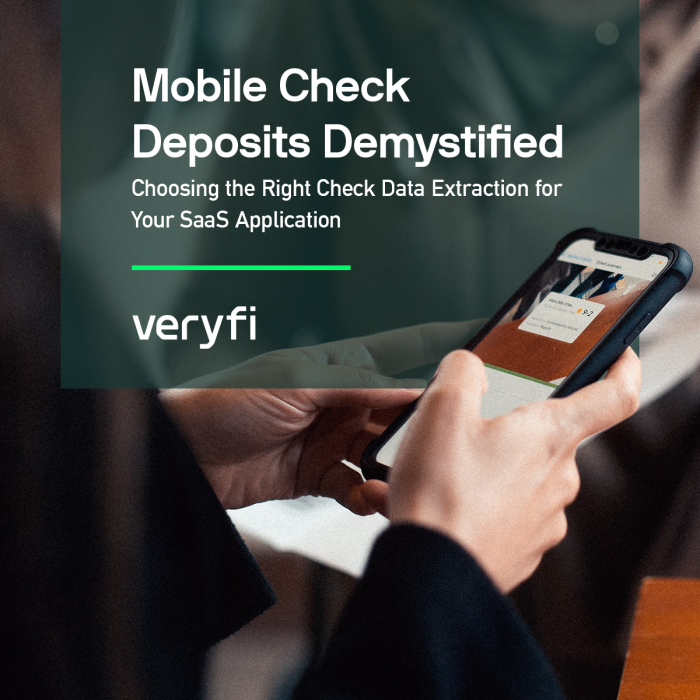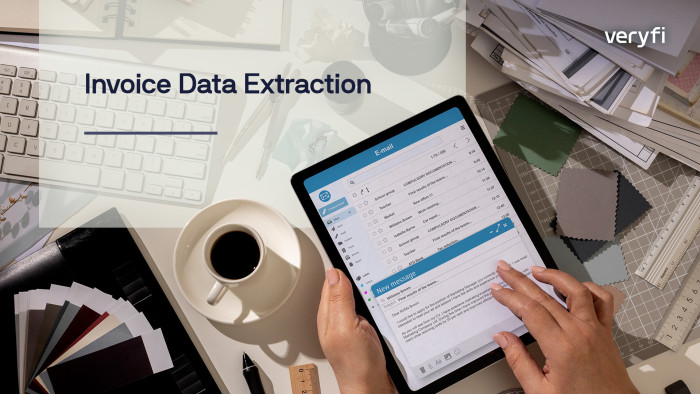A bill of lading is one of the most important documents for the shipping of products materials around the world, whether purchased online or in a physical store. Between the moment the product leaves the manufacturing facility and the moment it ends up in the buyer’s hands, there are often multiple intermediaries: transport from the manufacturing facility to a shipyard, transport by boat to another country, offloading from the boat and loading to a train, then moving from the train to a truck until it finally reaches the destination in the store. At any point during transport, the cargo can be lost, damaged or even stolen.
When considering the size of the global shipping industry, imagine the potential losses. The overall size of the water shipping business alone is around $8 billion per year, with the commercial shipping fleet worldwide numbering almost 100,000. And that’s just for water!
Now imagine the paperwork; all of the documentation to track all of these shipments across the globe. Companies must track all of these shipments in a fast and efficient manner. But again, imagine the paperwork. Shipping companies have no choice but to move away from slow and error-prone manual processes and replace them with accurate and rapid, automated processes. Automated bill of lading data extraction is a crucial part of the modern shipping process and can save companies considerable costs by eliminating mistakes and lost goods.
Veryfi’s automated document processing technology makes it easier to manage and transform the information contained in unstructured documents (such as bills of lading) received from service providers, vendors and partners. This is done with AI-driven optical character recognition (OCR) that transforms these documents into structured data (for importation into databases). Automating bill of lading processing helps eliminate expensive processing bottlenecks, maximize processing efficiency and ensures reliable results.
What Is a Bill of Lading?
“Bill of lading” is a term describing a shipping document that provides details about the shipped cargo. It also serves as a contract between the shipper and the receiver of the goods. While the term originally dealt with maritime shipping, today it covers all types of shipping: sea, rail, road and air.
A carrier is a trucking company, railway or airline that issues the bill of lading to confirm the receipt of goods into its custody. The highly granular B/L lists the number of packages, the description of their contents and their weight. The bill of lading also provides information about the consignee, carrier and shipper.
The bill of lading is one of the key elements of international trade, serving as a legal contract between the shipper and the carrier for transportation services. The shipper agrees to pay for all transportation costs and risks, including loss or damage to goods in transit.
A bill of lading can be used in various ways, including:
- as proof that goods were shipped from one location to another;
- as evidence that goods have been received by the carrier;
- as confirmation that goods have been delivered to their final destination (this can include mentions of damage or loss of goods).
Types of Bills of Lading
Bills of lading come in various forms and serve different purposes. Some common B/L’s include:
- Master bill of lading is the main document that contains all information about the shipment and serves as a contract between the shipper and the carrier. It’s usually issued by the shipper and used to control all other bills of lading in case there are multiple shipments in one container.
- House bill of lading is issued by the receiver, it’s used for accounting purposes only. The receiver will use this document to track what was received from which shipper, when, where and how much was paid for each shipment.
- Blanket bill of lading is an agreement to carry a certain type of cargo for a certain time period using a certain route.
- Straight bill of lading is issued as a receipt for the cargo and proof of shipment. A straight bill of lading is used when the cargo is transported without being booked.
- Clean bill of lading indicates that the cargo shipped was in good condition when delivered.
- Claused bill of lading is generated when the cargo is damaged or parts of it are missing.
Common Bill of Lading Data Fields
The following are common data fields found in bills of lading. After extraction and transformation into structured data, each item can be used as an expense categorization.
- Name and address of the shipper
- Name and address of the receiving agent
- Name and address of the carrier
- Name and address of the paying party
- Point of origination
- Identification of vessels transporting the goods
- Route
- Destination
- Purchase order numbers
- Pickup date
- Description of merchandise
- Description of contents
- Special markings
- Quantity
- Dimensions
- Weight
- Description of primary packaging
- Cartons
- Crates
- Drums
- Rolls
- Pallets
- Containers
- Freight class
- Hazardous material designation
- Special handing instructions
Why Use Veryfi’s AI-Driven Solution for Bill of Lading Data Capture?
Veryfi doesn’t use humans to process documents, instead using cutting-edge AI. With AI, you can eliminate the human involvement in data collection, which lowers costs and reduces errors. It also prevents sensitive data from being distributed to unauthorized personnel. Adhering to compliance laws also becomes much easier.
| Increase Accuracy of Bill of Lading Data Extraction | Instantly Process Bills of Lading | Integrate Easily with Your Existing Financial Tools |
| Veryfi’s 100% AI-driven data extraction solution eliminates the need for tedious manual data entry. Whereas manual data entry can yield an error rate of up to 30%, Veryfi’s AI-driven data extraction solution increases bills of lading data capture accuracy to 97% or higher. | Veryfi’s out-of-the-box data extraction solution for Intelligent Document Processing (IDP) completely removes humans from the loop. Combining AI and OCR, Veryfi automatically captures, extracts and transforms unstructured data into structured data to provide valuable business intelligence and actionable insights. | Veryf does not require you to invest in new software or dedicated hardware. With Veryfi’s SDK and API’s, your company can quickly add new capabilities to your existing IT infrastructure without needing costly staff training. |
Put Veryfi to the test! Learn how our AI-driven intelligent document processing can extract bills of lading data with unparalleled speed and accuracy — sign up for a free trial now.










